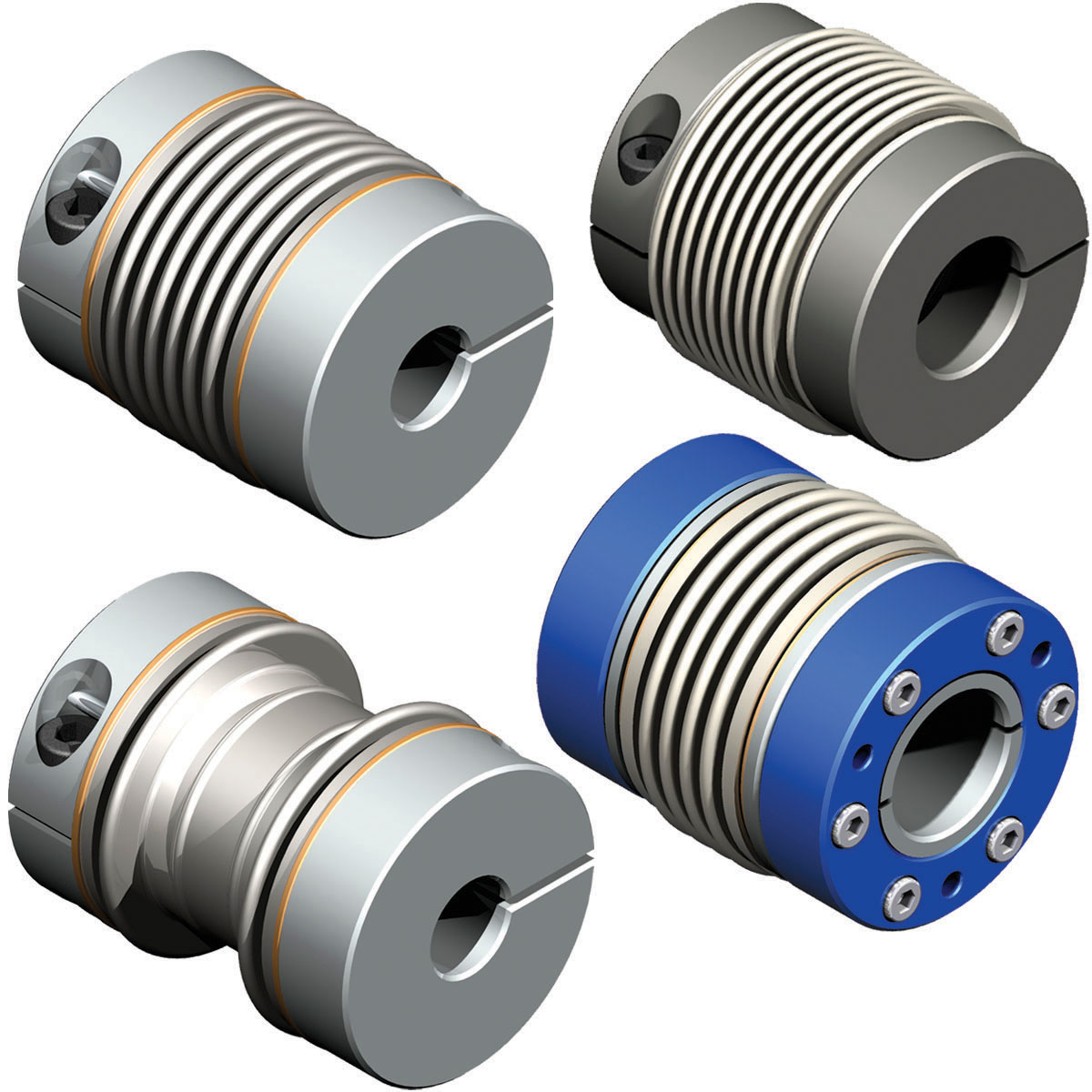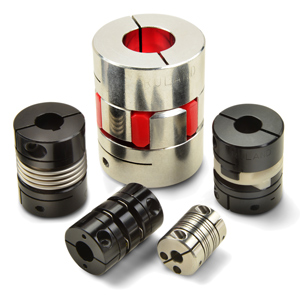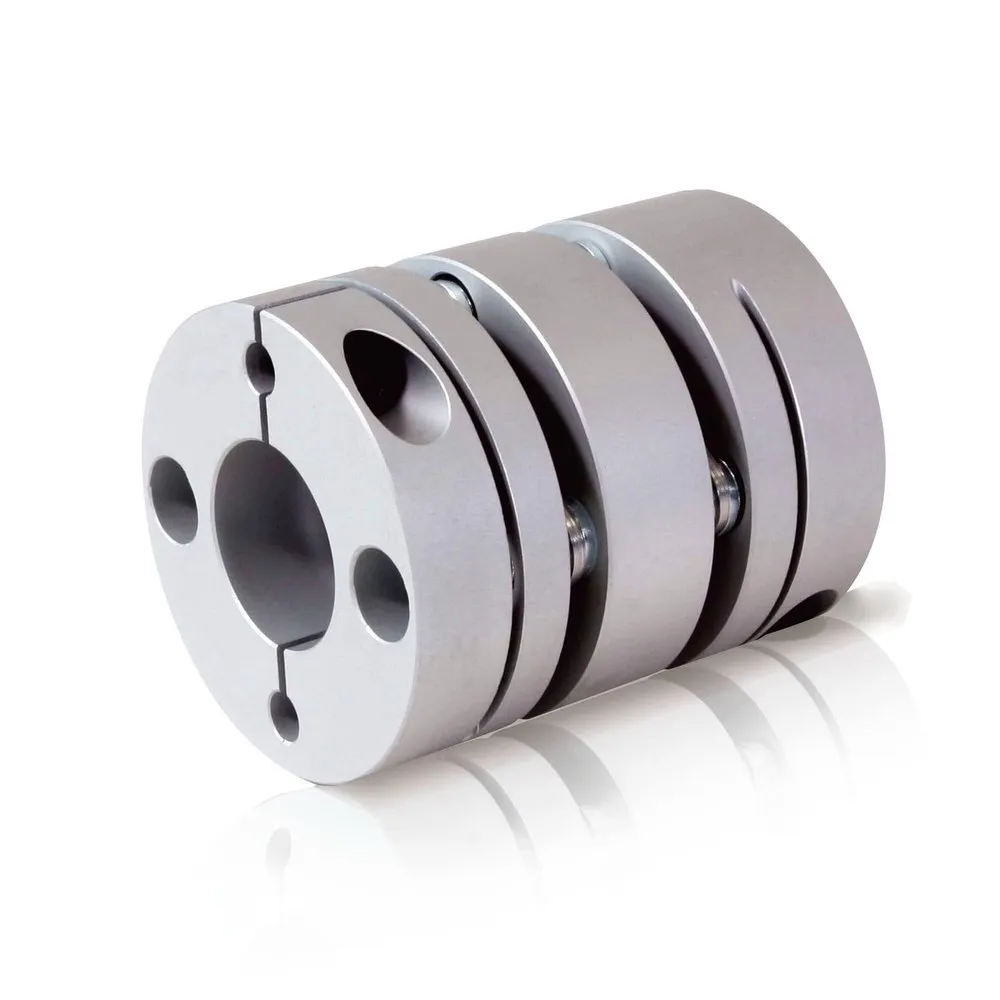Product Description
Product Description
|
Product name |
Chain coupling |
|||
|
Material |
Carbon steel material |
|||
|
Structure |
Roller chain+sprocket+cover |
|||
|
Size |
KC3012, KC4012, KC4014, KC4016, KC5014, KC5016, KC5018, KC6018, KC6571, KC6571, KC8018, KC8571, KC8571, KC1571, KC12018, KC12571, KC16018, KC16571, KC20018, KC20571, KC24026 |
|||
|
Other type |
Flexible coupling |
|||
|
Application |
Shaft transmission |
|||
|
Feature |
High performance, light weight, convenient assembly |
|||
Packaging & Shipping
Company Profile
ZheJiang Haorongshengye Electrical Equipment Co., Ltd.
1. Was founded in 2008
2. Our Principle:
“Credibility Supremacy, and Customer First”
3. Our Promise:
“High quality products, and Excellent Service”
4. Our Value:
“Being Honesty, Doing the Best, and Long-lasting Development”
5. Our Aim:
“Develop to be a leader in the power transmission parts industry in the world”
|
6.Our services: |
1).Competitive price |
|||
|
2).High quality products |
||||
|
3).OEM service or can customized according to your drawings |
||||
|
4).Reply your inquiry in 24 hours |
||||
|
5).Professional technical team 24 hours online service |
||||
|
6).Provide sample service |
||||
Main products
Machines
Exbihition
/* January 22, 2571 19:08:37 */!function(){function s(e,r){var a,o={};try{e&&e.split(“,”).forEach(function(e,t){e&&(a=e.match(/(.*?):(.*)$/))&&1

Comparison between Couplings with High Torsional Stiffness and Low Torsional Stiffness
Couplings used in motion control systems can vary significantly in their torsional stiffness, which is a crucial characteristic that affects their performance and behavior. Let’s explore the differences between couplings with high torsional stiffness and low torsional stiffness:
- Torsional Stiffness:
Torsional stiffness refers to the resistance of a coupling to rotational deflection or twisting under the influence of a torque. Couplings with high torsional stiffness offer greater resistance to twisting, while those with low torsional stiffness are more flexible and can accommodate more significant torsional deflections.
- Response to Torque:
Couplings with high torsional stiffness transmit torque more efficiently from one shaft to another, as they minimize torsional deflection. This characteristic is advantageous in applications where precise torque transmission and minimal power loss are essential. On the other hand, couplings with low torsional stiffness are better at absorbing shocks and torsional vibrations, making them suitable for applications where dampening is required.
- Misalignment Compensation:
Couplings with high torsional stiffness are less forgiving when it comes to misalignment between shafts. They require more accurate alignment to prevent excessive stress on the coupling and connected components. In contrast, couplings with low torsional stiffness can accommodate some degree of misalignment, reducing the need for precise alignment during installation.
- Resonance and Natural Frequency:
Couplings with high torsional stiffness have higher natural frequencies and are less prone to resonance. This characteristic is beneficial in high-speed applications where avoiding resonance is critical to prevent damaging vibrations. Couplings with low torsional stiffness, on the other hand, may have lower natural frequencies and need careful consideration to avoid resonance-related issues.
- Stress on Connected Equipment:
High torsional stiffness couplings can transfer torsional loads more directly to connected equipment, which may increase the stress on other system components. Low torsional stiffness couplings can act as vibration isolators, reducing the impact of torsional loads on connected equipment.
- Application Suitability:
The choice between high and low torsional stiffness couplings depends on the specific requirements of the application. High torsional stiffness couplings are suitable for applications where precise torque transmission and accuracy are crucial, such as CNC machines and robotics. Low torsional stiffness couplings are ideal for applications involving misalignment, shock absorption, and vibration dampening, such as printing machinery and conveyor systems.
Ultimately, the selection of a coupling with high or low torsional stiffness depends on the specific needs and performance requirements of the motion control system, ensuring optimal functionality and efficiency in the application.

Effect of Misalignment on the Performance of Servo Couplings and How to Address It
Misalignment is a critical factor that can significantly impact the performance of servo couplings. Here’s how it affects the coupling and the measures to address it:
- Reduced Torque Transmission: Misalignment causes angular, axial, or parallel offsets between the motor and the driven load. As a result, the coupling may not transmit the full torque efficiently, leading to power loss and reduced system performance.
- Increased Wear and Fatigue: Misalignment subjects the servo coupling to additional stress, leading to accelerated wear and fatigue. Over time, this can cause premature failure of the coupling and other components in the system.
- Increased Vibration and Noise: Misalignment results in uneven load distribution and can lead to increased vibrations and noise during operation. Excessive vibrations can affect the overall stability and accuracy of the motion control system.
- Overheating: Misalignment can induce friction between the coupling and its mating components, leading to increased heat generation. This can result in overheating and potentially damage the coupling or nearby components.
- Loss of Positional Accuracy: In precision motion control applications, misalignment can lead to a loss of positional accuracy and repeatability. The driven load may not reach the desired position precisely, affecting the overall performance of the system.
- Addressing Misalignment: Proper alignment is crucial to maintaining the performance and longevity of the servo coupling. Here are the steps to address misalignment:
- Use Precision Couplings: Select servo couplings designed to accommodate misalignment while maintaining high precision and torque transmission capabilities. Flexible couplings, such as bellows or beam couplings, are often used to address misalignment.
- Check Alignment Regularly: Perform periodic checks to verify the alignment between the motor and the driven load. Use alignment tools and techniques to correct any misalignment within acceptable tolerances.
- Use Coupling Guards: Coupling guards can protect the servo coupling from external forces or impacts that could cause misalignment. They help maintain the coupling’s proper orientation and prevent damage.
- Follow Installation Guidelines: Adhere to the manufacturer’s installation guidelines and recommendations for mounting and aligning the servo coupling. Improper installation can lead to misalignment issues.
- Maintenance and Lubrication: Regularly maintain and lubricate the servo coupling as per the manufacturer’s instructions. Proper lubrication can help reduce friction and wear, mitigating the effects of misalignment.
- Dynamic Balancing: If the application involves high speeds, consider using servo couplings that are dynamically balanced to minimize the effects of rotational imbalance and potential misalignment.
By addressing misalignment effectively, the performance, efficiency, and service life of servo couplings can be optimized, contributing to the overall success of motion control systems.

Finding Reputable Suppliers or Manufacturers of Servo Couplings for Specific Automation Needs
When looking for high-quality servo couplings to meet your specific automation needs, it’s essential to find reputable suppliers or manufacturers. Here are some methods and resources to help you in your search:
- 1. Online Search Engines:
Use popular search engines like Google or Bing to find suppliers and manufacturers of servo couplings. Try using specific keywords related to your automation needs, such as “high-torque servo couplings” or “precision motion control couplings.”
- 2. Industry Directories:
Check industry directories and databases that list suppliers and manufacturers of motion control components. Websites like Thomasnet, GlobalSpec, and Alibaba can be helpful in finding reputable companies.
- 3. Trade Shows and Conferences:
Attend industry-specific trade shows, exhibitions, and conferences related to automation and motion control. These events often feature numerous suppliers and manufacturers showcasing their products, giving you a chance to interact directly with them.
- 4. Motion Control Associations:
Explore websites and directories of motion control associations or societies. They often have lists of member companies that are reputable and adhere to industry standards.
- 5. Online Marketplaces:
Visit online marketplaces like Amazon, eBay, or specialized platforms for industrial equipment. While using these platforms, it’s crucial to verify the seller’s reputation and read customer reviews.
- 6. Industry Forums and Communities:
Participate in online forums or communities related to automation and motion control. Here, you can seek recommendations from experienced professionals or inquire about their experiences with specific suppliers or manufacturers.
- 7. Recommendations:
Ask for recommendations from colleagues, peers, or industry experts who have experience in automation and have worked with servo couplings. Their insights can lead you to reliable suppliers.
- 8. Supplier Websites:
Visit the websites of potential suppliers or manufacturers. Look for information about their product offerings, certifications, manufacturing processes, and customer reviews or testimonials.
- 9. Request for Quotations:
Contact multiple suppliers and request quotations based on your specific requirements. Compare the offerings, technical support, and pricing before making a decision.
- 10. Technical Support and Customization:
Consider suppliers or manufacturers who offer technical support and the option for customization to ensure that the servo couplings meet your precise automation needs.
Remember to assess the supplier’s reputation, product quality, certifications, and customer service before making a purchase. Taking the time to research and choose a reputable supplier will help ensure that you receive high-quality servo couplings that meet your specific automation requirements.


editor by CX 2024-04-12
